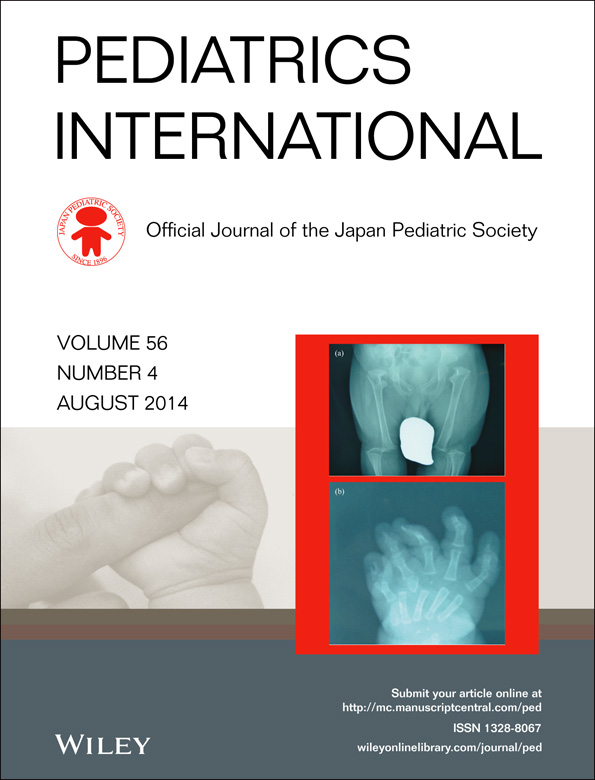Incidence of death from congenital toxoplasmosis in 0–4-year-old children in Japan
Abstract
Congenital toxoplasmosis is caused by Toxoplasma gondii. The incidence of death due to congenital toxoplasmosis in Japan from 1974 to 2007 was calculated using the autopsy database of the Japanese Society of Pathology and vital statistics from the Ministry of Health, Labour and Welfare. Two neonatal deaths due to congenital toxoplasmosis were reported during that time. As there were 161 195 neonatal deaths during this period and 32 465 autopsies were performed, the yearly neonatal death from congenital toxoplasmosis was calculated as 2 × 161 195/32 465/34 = 0.29 and the autopsy rate as 32 465/161 195 = 0.2014 (20.14%). The calculated number of annual deaths in infants was 0.82 and in children aged 1–4 years it was 2.09; thus, although few, deaths from congenital toxoplasmosis do still occur in neonates, infants, and young children. Therefore, obstetricians and pediatricians should be aware of the potential for congenital toxoplasmosis, and pregnant women should make every effort to avoid T. gondii infection.




